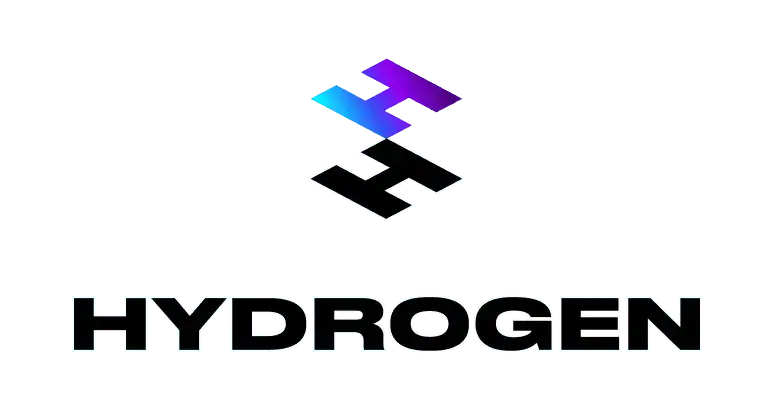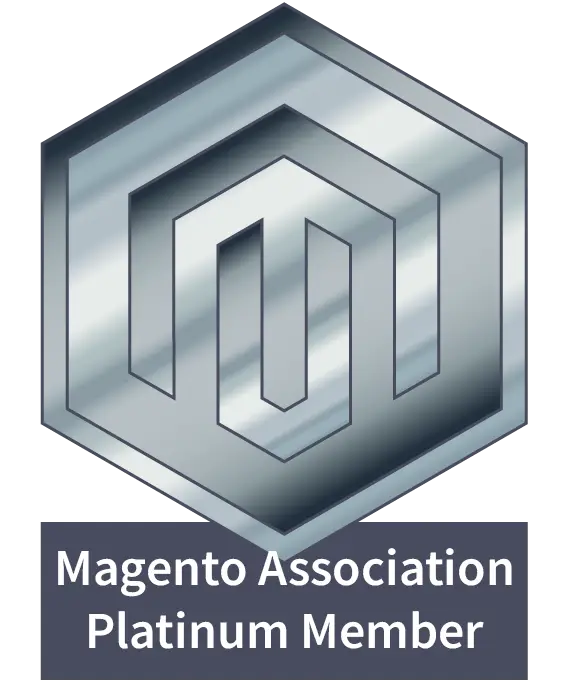Bighorn Web Solutions is a Platinum Member of the Magento Association. Learn more here
Bighorn Web Solutions is now a Platinum Member of the Magento Association. Learn more here
Bighorn Web Solutions is a Platinum Member of the Magento Association. Learn more here
Bighorn Web Solutions is now a Platinum Member of the Magento Association. Learn more here


Headless commerce gives you complete control over your customer experience by separating the front end of your website from the back-end systems that power it. This modern architecture lets you build lightning-fast, highly customized digital storefronts without being limited by the constraints of traditional e-commerce platforms.
At Bighorn, we specialize in building flexible, API-driven headless commerce solutions that are tailored to your business. Whether you’re using Adobe Commerce, BigCommerce, or another platform, we create decoupled front ends that enhance performance, streamline content management, and deliver a seamless experience across every device.
Headless commerce is a website architecture that separates the front-end (what users see) from the back-end systems (where data and content live), allowing for greater flexibility and performance.
Headless setups offer faster site speed, more design flexibility, easier integrations, and better scalability compared to monolithic platforms.
If you are looking for full control over your user experience, faster load times, and the ability to innovate quickly, headless may be a strong fit, especially for growing or enterprise-level e-commerce brands.
We specialize in headless builds using Adobe Commerce (Magento), BigCommerce, and other modern e-commerce platforms with robust API capabilities.
Yes. One of the main benefits of headless architecture is the ability to maintain your current backend systems while completely reimagining the front end.
Absolutely. Headless sites are typically faster and more responsive, which can improve both user experience and SEO performance.
You can manage content using a separate CMS (like Contentful, Prismic, or Sanity) that is optimized for flexibility and integrates with your site via API.
We start with strategy and discovery, then move into API mapping, custom front-end design, and seamless integration. Throughout the process, we prioritize performance, scalability, and clear communication.
While the upfront cost can be higher than traditional platforms, the long-term ROI is often better due to improved performance, flexibility, and lower maintenance overhead.
Looking for an alternative headless go to market solution?
Gatsby and Shopify play well together and could work nicely for you (especially if you have a smaller catalog/product list). Fast time to market, lightning fast and completely customizable.
Want to find out more? Book a discovery call with us to discuss.

The official, Shopify-powered approach to headless storefronts.
Hydrogen is a React-based framework for building dynamic, Shopify-powered custom storefronts. This is easily considered one of the best approaches if you are currently using (or considering) Shopify Plus and is an especially efficient way to go if you are considering headless.
Book a discovery call with us to discuss next steps!






Bighorn Web Solutions LLC's work resulted in improved UI/UX, conversion rates, page load times, and customer feedback. The team consistently delivered on time, provided constant updates, and promptly responded to needs and requirements. Their excellent communication and results stood out.
Bighorn Web Solutions LLC tripled the client's conversion rates through their work, delivered a fully automated ERP integration, and provided support with CMS updates. The team adhered to the timeline and budget, offered suggestions and a hands-on approach, and was communicative and proactive.
Bighorn Web Solutions LLC has provided the client with a test site link to monitor progress and inspect any existing bugs. The team has delivered quality experiences and has managed with professionalism. The team's expertise has resulted in a quick and efficient partnership with the client.
The engagement has reduced manual errors and processing time by over 30%, resulting in higher conversion rates and average order value (AOV). Bighorn Web Solutions LLC has completed all tasks on time and communicated promptly. They are proactive, transparent, and solution-focused.